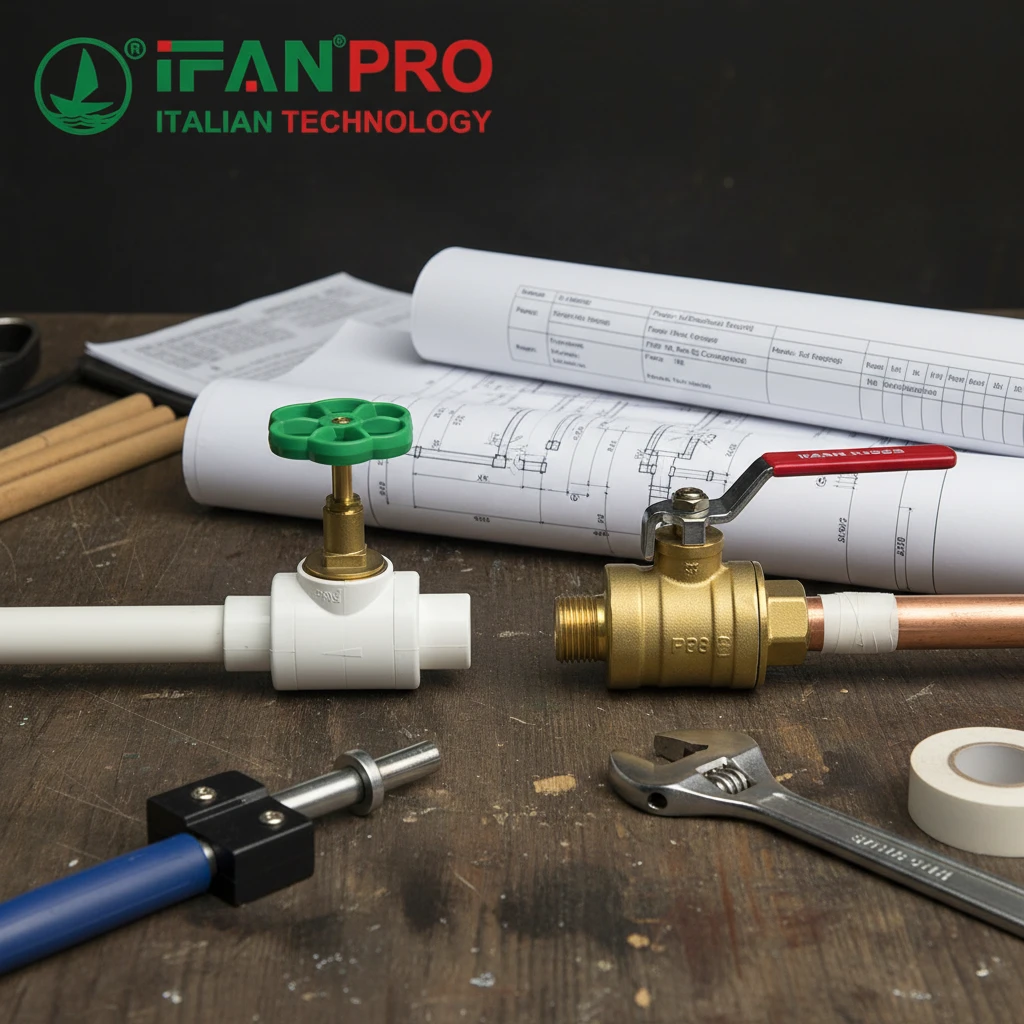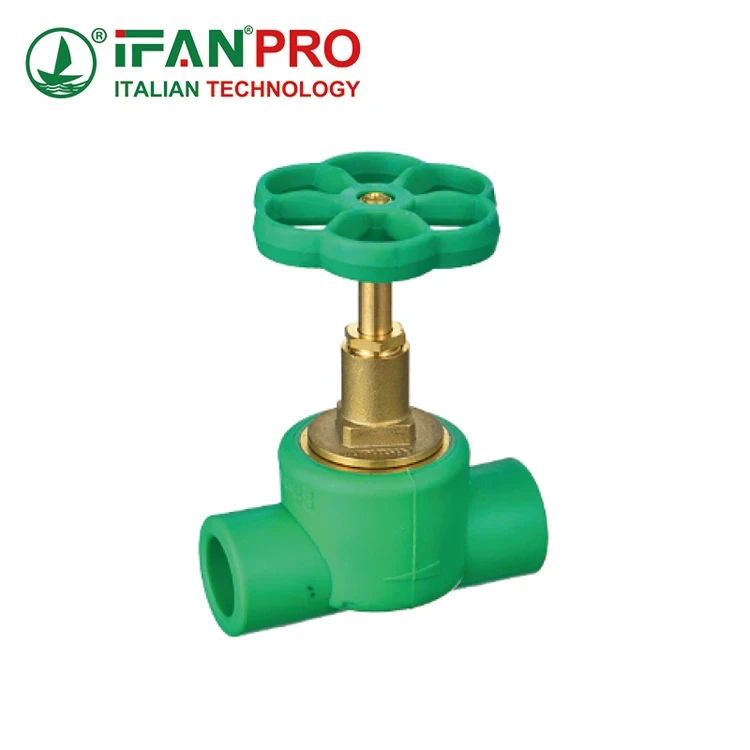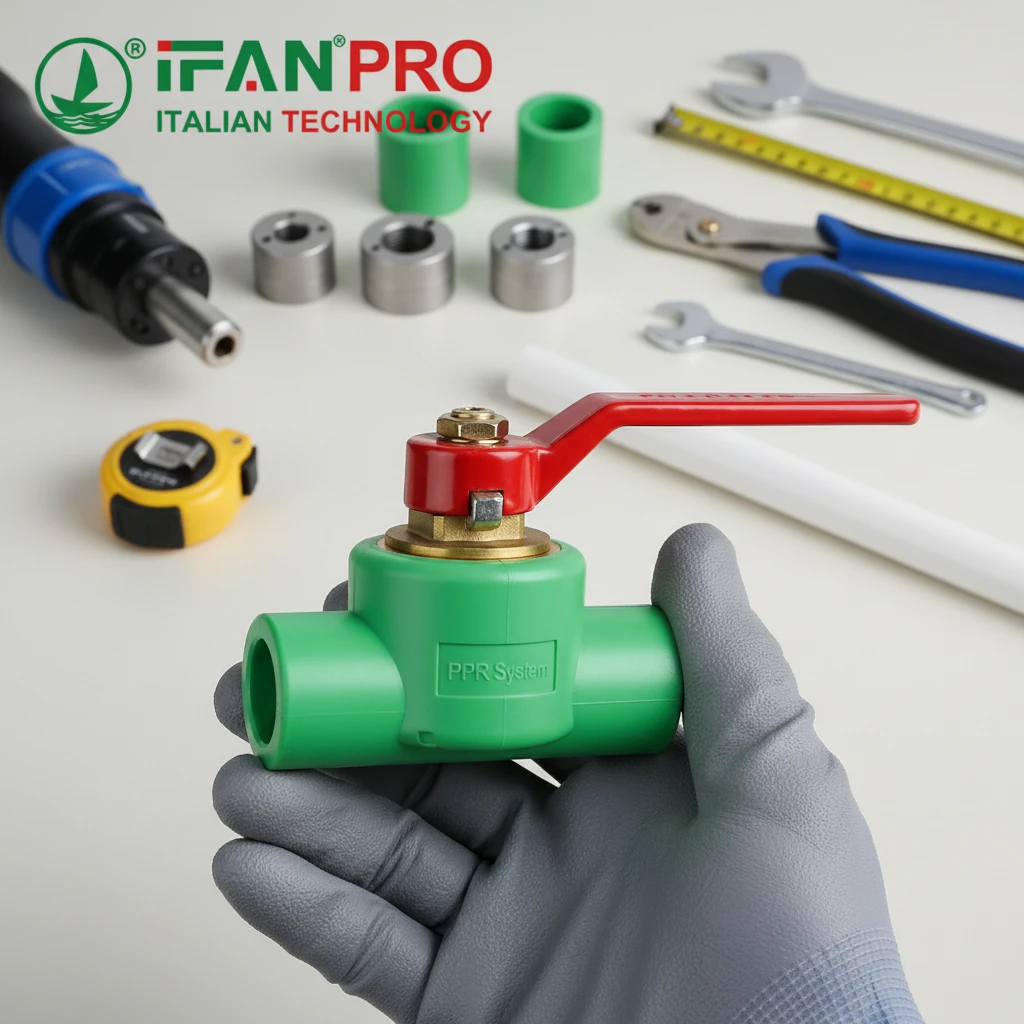When it comes to plumbing systems, two popular choices for piping material are PEX (cross-linked polyethylene) and copper. Each material has its own set of advantages and drawbacks. Let’s explore the differences between PEX pipes and copper pipe to help you make an informed decision for your next plumbing project.
Eficiencia de costes
1. PEX Pipe:
PEX pipes is generally more cost-effective than copper pipe. The material itself is less expensive, and installation costs tend to be lower due to the ease and speed of installation.
2. Copper Pipe:
Copper pipe is known for its durability and longevity, but it comes with a higher price tag. The material cost for copper pipe is typically higher, and installation can be more labor-intensive, leading to increased overall costs.
Installation Flexibility
1. PEX Pipe:
PEX pipes is highly flexible, allowing for easier installation in tight spaces and around obstacles. It can be bent and curved without the need for additional fittings, reducing the risk of leaks and improving overall system efficiency.
2. Copper Pipe:
While copper pipe is durable and resistant to corrosion, it is less flexible than PEX pipe. This can make installation more challenging, especially in cramped or irregularly shaped spaces. Additionally, copper pipe requires more fittings and joints, increasing the potential for leaks.
Corrosion Resistance
1. PEX Pipe:
PEX pipes is resistant to corrosion and scale buildup, making it ideal for use in both hot and cold water supply lines. It is also less susceptible to chemical reactions and can withstand high temperatures without degradation.
2. Copper Pipe:
Copper pipe is naturally resistant to corrosion and can last for decades without deteriorating. However, certain water conditions, such as high acidity or alkalinity, can accelerate corrosion and lead to pinhole leaks over time.
Heat Conductivity
1. PEX Pipe:
PEX pipes has low heat conductivity, meaning it retains heat well and is less likely to lose heat as water travels through the system. This can result in energy savings and more consistent water temperatures throughout the plumbing system.
2. Copper Pipe:
Copper pipe has excellent heat conductivity, which makes it a popular choice for heating systems such as radiant floor heating. However, this can also lead to heat loss in hot water supply lines, potentially increasing energy costs.
Conclusión
Both PEX pipes and copper pipe have their own unique benefits and drawbacks, making them suitable for different plumbing applications. While PEX pipe offers cost efficiency, flexibility, and corrosion resistance, copper pipe provides durability, heat conductivity, and a proven track record of reliability. Ultimately, the choice between PEX and copper will depend on factors such as budget, installation requirements, and specific project needs.
IFAN es un fabricante chino de tuberías, accesorios y válvulas de plástico con 30 años de experiencia. Si está interesado en IFAN accesorios de cobre, válvulas de cobre, tuberías y accesorios de plástico, póngase en contacto con nosotros. IFAN le ofrece una variedad de tuberías estándar para satisfacer sus necesidades específicas. Haga clic a continuación para obtener más información sobre la amplia gama de productos de válvulas y productos relacionados con sistemas de tuberías asequibles y rentables de IFAN.
Responderemos a su correo electrónico o fax en 24 horas.
Puede llamarnos en cualquier momento si tiene alguna duda sobre nuestra producción.
Para más información, visite nuestra página web https://ifanpro.com/
Pls Mailto: [email protected]
Whatsapp: + 86 19857948982














Comentarios recientes